This summer temperatures have soared in the Pacific Northwest. Heat records were set, broken and set again as the “heat dome” descended upon us. My wife and I recently moved from Colorado, which is much more arid than the PNW, so we were expecting the temperate weather that southern Washington is known for. We were disappointed by the unseasonable heat, but moreover, we’ve become more distraught about global warming. Extreme weather is increasing at an alarming rate and we have been thinking a lot about what steps we can take to reduce our environmental impact.

However, there is a lot of misinformation out there about sustainable living and “going green.” Many of the efforts that people take to mitigate their environmental impact, though noble in sentiment, are actually fueling the overuse of energy and waste of resources. There may be hope though; there are steps we can take to reduce waste and because sustainable living is actually highly cost-effective, we can hopefully pad our pockets while accomplishing something worthwhile.
Related: The Best Free Budgeting and Net Worth Tracking Spreadsheet
15 myths about sustainable living and what you can actually do to reduce your impact
1. Hybrid Vehicles and Plug-in Hybrids are always better than conventional vehicles

If a hybrid vehicle is charged daily, using mostly “clean” electricity and is on the road for several years, it can definitely be a worthwhile environmental investment. Unfortunately however, hybrid vehicles also have the potential to do harm. For one thing, the production of electricity relies in part on coal burning, which is the single biggest source of of greenhouse gas pollution. Also, constructing hybrid vehicles is a very non-green process. The U.S. Department of Energy’s Argonne National Laboratory published a study showing that hybrid cars actually require more energy to produce than conventional vehicles.
There is a glimmer of hope, however. As more hybrid vehicles are produced the technology is improving, and although coal-powered electricity makes up about 20% of our electricity, we can pivot towards the more CO2 friendly natural gas. It’s still a fossil fuel but natural gas is abundant, at least for the next couple hundred years, and burns cleaner.
What you can do to make driving hybrid vehicles more sustainable:
- Charge fully and drive moderately: Overuse of the gas-drive function of hybrids reduces the net benefit of buying one.
- Keep it on the road: Most of the harm done by hybrids are during it’s construction. Buying low-mileage, used hybrids should be prioritized for both the environment and the value factor. Batteries last 100K miles/ 10 years on average.
- Use alternative-source energy to charge your hybrid: Okay, this may be a stretch for most of us but energy from solar and wind power may well be more widespread in the future.
2. Luxury products are not sustainable
Luxury goods are typically labeled as bad for the environment. That’s probably because luxury goods are almost always superfluous expenses. Luxury brands are also more likely to use leather and other animal products and many have historically sourced materials (and labor) from questionable sources. However, luxury items are typically very well made and when they are maintained, they have utility for generations. You rarely throw out an old Rolex.

What you can do to make buying luxury items sustainable:
- Maintain them well and keep them forever.
- Donate / Resell luxury items before replacing them: There is a highly active second-hand market for luxury goods.
- Limit your consumption of new luxury items.
3. Recyclable plastics can be recycled indefinitely
There several types of plastic products, which really complicates recycling. 91% of plastics don’t get recycled at all. They also cannot be recycled endlessly, eventually recycled plastics no longer have enough structure remaining to be used in product packaging. That’s why it might be best to avoid buying plastic goods, wherever that’s even possible, and to repurpose the ones you have.

What you can do to help reduce harm to the environment from plastics:
- Limit new consumption of goods that utilize non-recyclable plastics
- Purchase items that use recycled packaging
- Re-use and repurpose plastic bottles you have
- Treat recycling as a last option: Recycling plastic has limited positive impact given the energy it takes to recycle, the number of times plastics may be recycled.
4. Organic food is “greener” than non-organic
Not only is organic food literally less green than food chalked full of preservatives, it’s also often worse for the environment to produce due to increased land use and lower yields. Further, depending on the product, it’s unclear whether most organic foods are even better for your health.

5. The process of recycling is green
Here’s a sad thought, the number of people recycling might not justify the energy (and carbon emissions) used to facilitate recycling; at least not for all recyclables. The process of recycling has its own environmental impact, it involves sorting machines, buildings, trucks driving all over the country and man power. Though the impact to the environment is apparently supported by the total amount of recycling (30-35%), it’s probably best not to think of recycling as a pure process and to limit it, in favor of repurposing wherever possible.
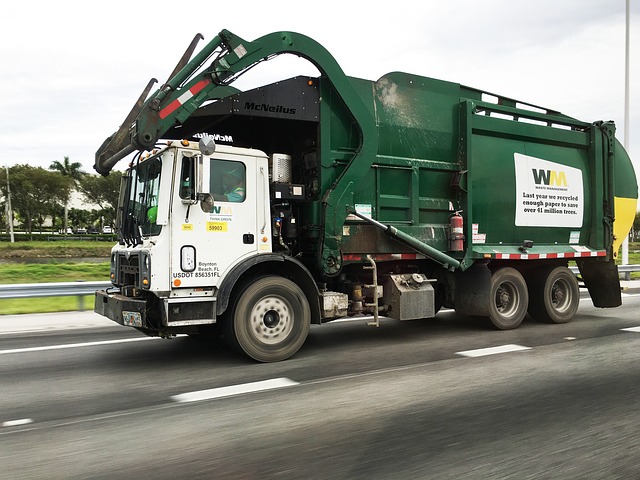
What you can do to help reduce harm to the environment from recycling
- Recycle plastics only as a last resort, continue to recycle aluminum
- Purchase items that utilize recycled packaging
- Re-use what you can
6. Those cotton tote bags for groceries are better than the plastic ones…
& 7. Paper bags are better for the environment than plastic

It’s fine to use a cotton tote bag if you keep it forever. It apparently takes 20,000 uses of one of these bags before the impact of its creation is offset. A paper or plastic bag only needs to be reused between 30-90 times to offset the impact of producing them.
Also, paper seems like a greener product than plastic but the net-benefit of using and recycling paper products can be hard to discern. There are many types of paper and the production of all paper requires more energy and has a bigger negative impact on the environment than plastic. Recycling paper typically creates more carbon emissions but new paper is made from the parts of wood that are not suitable for other purposes.
What you can do to help reduce harm to the environment from bags
- If you have cotton tote bags, use them forever and refrain from buying new ones: Buy bags made from recycled materials if buying new.
- Avoid all disposable bags
8. Supporting the sustainable product industry reduces your carbon footprint

It’s sad to think that the creation of new sustainable products often doesn’t support a sustainable lifestyle. If you already have a bunch of non-sustainable products, like empty plastic water bottles, it’s actually “greener” to just keep refilling them. Also, when buying sustainable products it’s best to buy ones that are actually made from recycled materials.
9. Organic cotton is less resource intensive than regular cotton

[Organic cotton crops] only rely on approved organic farming methods. As a result, organic cotton farming results into a sustainable environment as it helps maintains soil fertility and harvests chemical free cotton.
Cottonique
They myth about organic cotton being better for the environment, or better for your health, is largely propagated by clothing companies. But the issue is highly nuanced. Some studies suggest that because of guidelines restricting genetic modification, fertilizers and pesticides with organic goods, organic cotton crops actually don’t grow as well as non-organic crops. The lower crop yields and higher land requirement can make organic cotton much more resource intensive than conventional cotton.
10. All recyclable items are equally recyclable
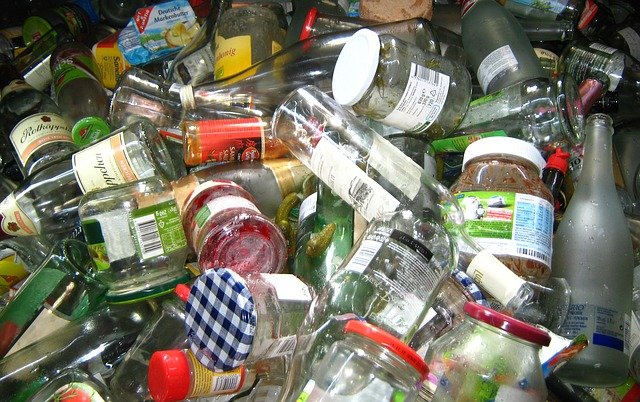
Recycling aluminum is extremely energy efficient because there is less environmental impact in recycling aluminum than in creating it. However, for many even highly recyclable items like glass, which is 100% recyclable and can be recycled endlessly, the impact of collecting, transporting and processing can consume more energy than making new containers. That’s why it’s best to re-use glass containers and only recycle them as a last resort.
11. Buying local is always best
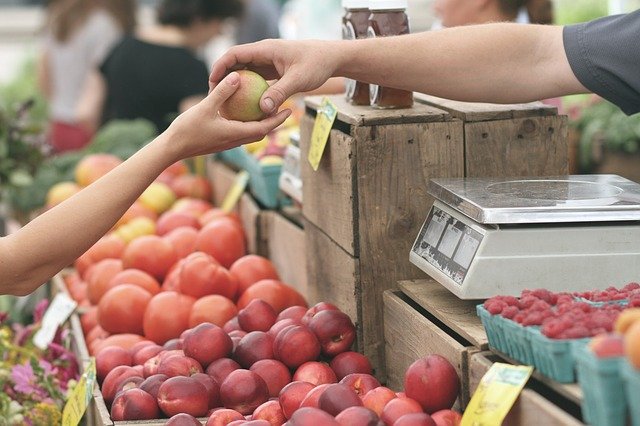
Buying locally is generally considered a good way to cut down on unnecessary transportation costs. But that’s not always the case. It depends on what is seasonally available and how efficient local producers are. For instance, in the upper Midwest of the United States, it’s very difficult to cultivate citrus trees and the cost of doing so is much higher than in, say, Florida. So people in Minnesota who would insist “locally sourced” lemonade, would be forcing increased food production costs, as well as increased greenhouse gasses. The mega food producers are already super efficient, typically using fewer resources to supply much larger crops, making the cost of transportation negligible. If you’re driving a long distance to buy local goods you are may be creating a larger carbon footprint than that of a freighter transporting a larger quantity of goods from afar.
What you should buy locally to reduce your carbon footprint
- Buy seasonal items that are widely available in your area
12. Handwashing dishes saves water
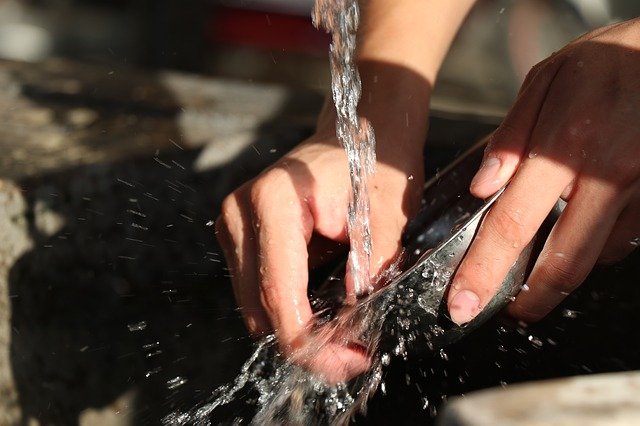
These days dishwashers are highly efficient at limiting water over-use. So much so that it makes little sense to hand wash dishes. It’s certainly not saving you water and takes more time. And, you really should avoid what I have been doing for most of my adult life, handwashing dishes before ultimately putting them in the dishwasher.
13. Anything with a recycle sign is recyclable
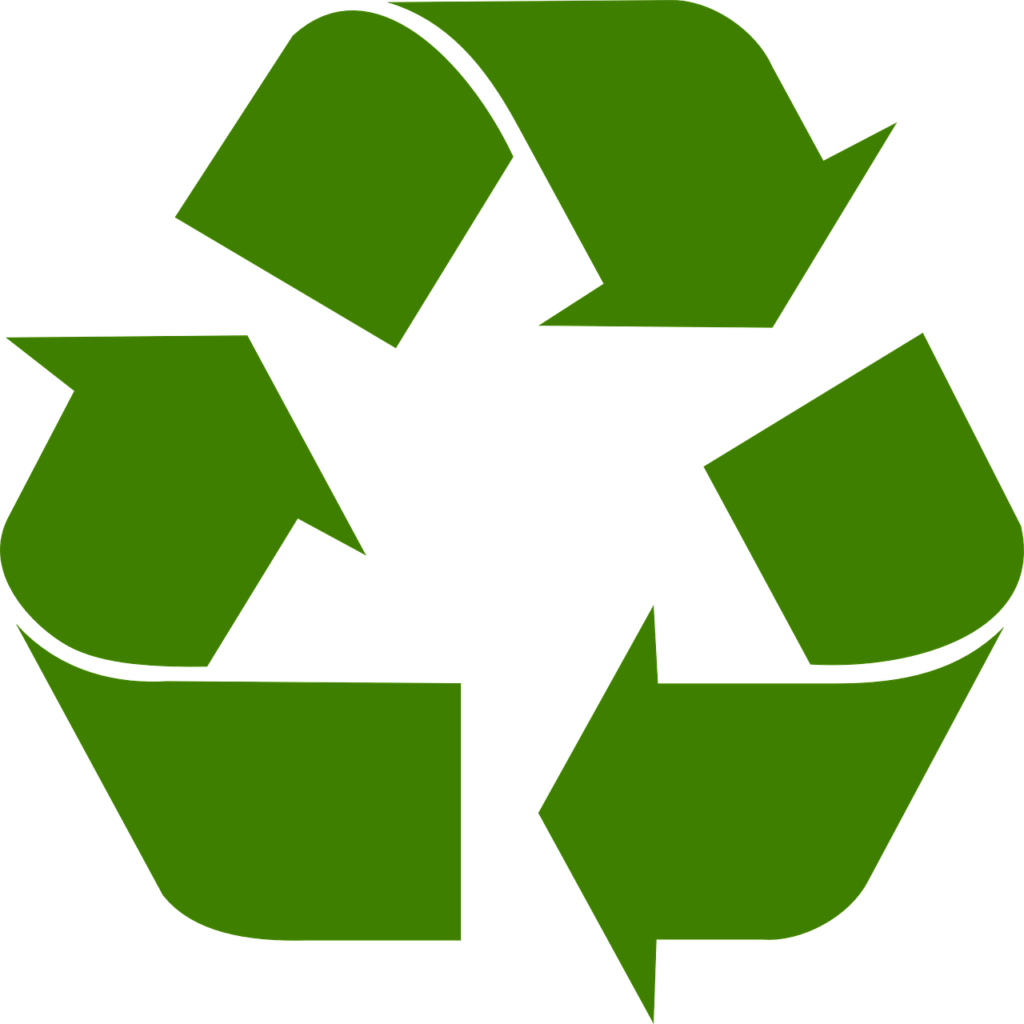
When I look at the bottom of used packaging to see whether its recyclable, I am usually relieved when I see that universal three-green-arrow sign for recycling. But in researching for this article I’ve come to discover that not everything with this symbol is recyclable! If you look closer you will see a number in the center of the symbol and that is what determines whether an item is even acceptable for recycling.
Products that have the recycle symbol but cannot be recycled:
- Labeled (3): Detergent containers
- Labeled (3): Clear food packaging
- Labeled (3): Piping
- Polystyrene (6): plates, cups and meat trays
- “Other” plastics (labeled 7): baby bottles, water containers
14. Turning your appliances off stops them from consuming energy

When your appliances are plugged in, many of them drain energy. This so-called “vampire energy draw” can account for a huge portion of your bill (5%+), as well as the unnecessary use of energy. Fortunately, this one can be mitigated more easily by using power strips with “off” buttons, or simply unplugging electronics when they are not in use.
15. Living a “green”/sustainable lifestyle is less cost effective than the alternatives
I think this myth is related to the perceived costs of eating “special food,” upgrading to green and sustainable products and avoiding reasonably priced goods in lieu of locally produced, hand-made ones. But living a sustainable lifestyle does not have to hard on your wallet. In fact, living a sustainable lifestyle probably means not buying much more new stuff at all. It’s a focus on consuming goods that can be re-used, donated or recycled so that we can limit the consumption of resources and limit our negative impact on the planet.
As I was writing this article I took notice of how many products are made with non-recyclable plastics and foams and found that It’s really, really hard to avoid supporting the production of plastic. It’s also unlikely that the amount of plastic we are recycling is making a difference, however, just to feel better about my personal impact / carbon footprint, I will do what I can to avoid falling prey to fake recycling dogma and try to cultivate a more sustainable and resource-efficient lifestyle.
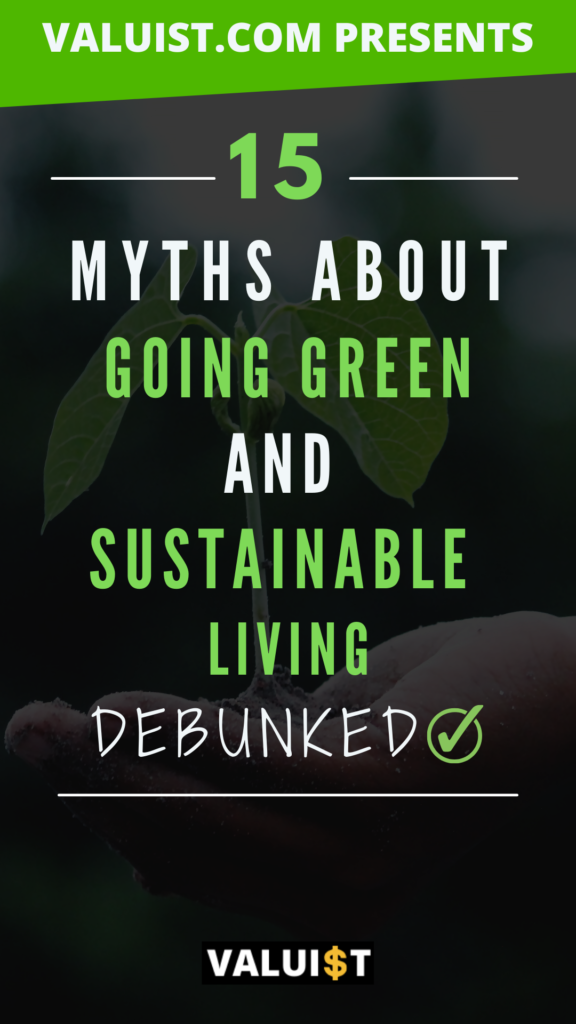

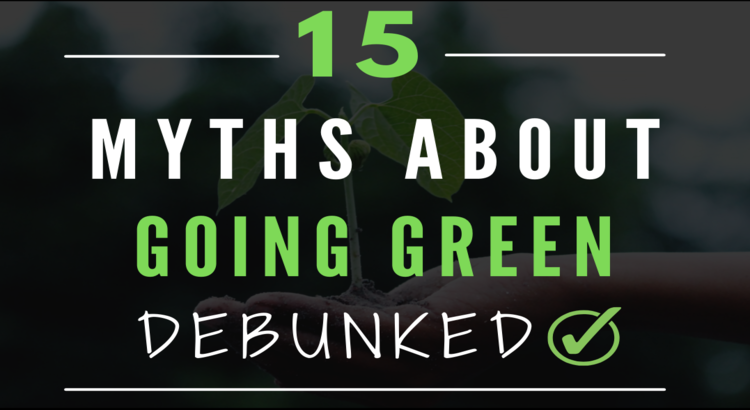
Loved this article!